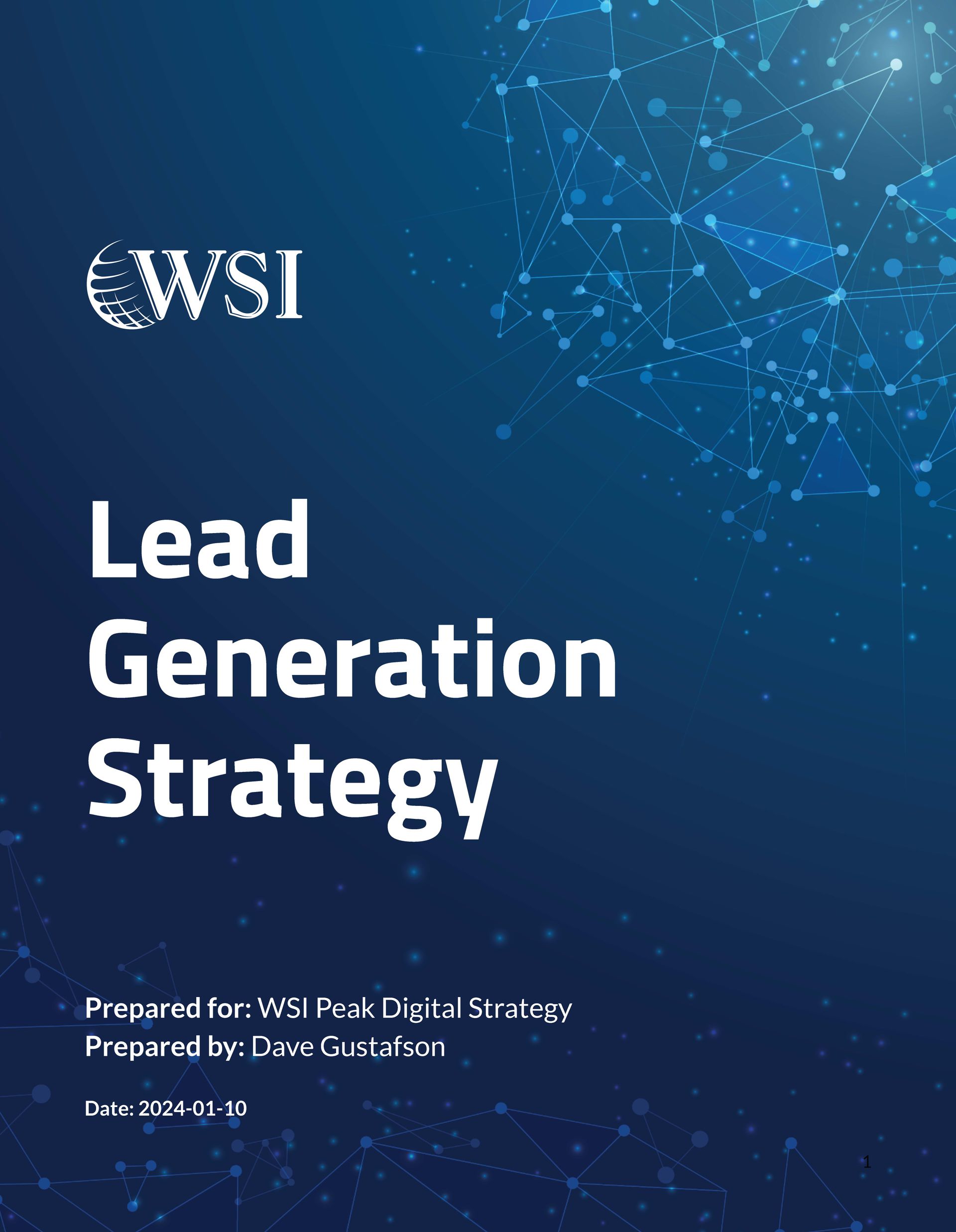- HOME
- ABOUT US
- SERVICES
- CUSTOMER STORIES
- OUR EXPERTS
- CONTACT US
- EXPERT TIPS
In need of some sound digital marketing advice?
Book a free consultation with one of our experts.

Making a difference in our clients’ lives
We positively impact the lives of our clients beyond their KPI reports.

Blog Layout
Harnessing AI for Business Growth: Strategies for Success
As we dig into the transformative world of artificial intelligence (AI), it’s clear that many businesses are eager to understand how to leverage this technology effectively. In our discussions, we often encounter a mix of enthusiasm and uncertainty about AI adoption. It’s essential for us to bridge the gap between knowledge and practical application, ensuring that we can transition from mere awareness to impactful implementation.
Understanding AI: The Foundation for Adoption
When we engage with various audiences, from franchise owners to marketing professionals, we emphasize the importance of establishing a foundational understanding of AI. Many people are familiar with the term, but there’s often confusion about its capabilities and limitations. Our goal is to clarify the differences between traditional artificial intelligence and modern advancements like large language models (LLMs). This distinction is crucial as we address the practical implications of AI in business settings.
Engaging with Stakeholders: The Top-Down and Bottom-Up Approach
One of the biggest challenges we face in AI adoption is ensuring that both leadership and frontline employees are on board. We have observed that successful integration often hinges on two key groups: the top-down decision-makers and the bottom-up champions of change. Without buy-in from both sides, initiatives may stall. Leaders must advocate for AI adoption, while those at the operational level need to understand its relevance and potential benefits.
The Importance of Leadership Engagement
Leaders play a pivotal role in driving AI initiatives. Their support can provide the necessary resources and urgency for implementation. When leadership actively encourages teams to explore AI solutions, it fosters an environment where innovation can thrive. For instance, we’ve seen franchise owners who are eager to invest in AI, pushing their teams to explore how these technologies can enhance operations.
Empowering Employees: The Role of AI Champions
On the flip side, it’s equally important to cultivate champions within the organization who can advocate for AI tools and strategies. These individuals can help bridge the gap between leadership directives and daily operations, ensuring that everyone understands how to utilize AI effectively. When both groups collaborate, the potential for successful AI integration increases significantly.
Real-World Applications of AI in Business
To illustrate the practical applications of AI, we often share specific case studies and examples. Here are a few areas where AI can make a substantial impact:
- Customer Support: AI can streamline customer interactions through chatbots and virtual assistants, providing immediate responses and reducing wait times.
- Lead Qualification: AI-driven systems can qualify leads more efficiently by analyzing data and engaging potential customers across multiple channels.
- Sales Optimization: AI tools can analyze sales data to provide insights that help sales teams focus their efforts where they are most likely to yield results.
- Operational Efficiency: Automating repetitive tasks allows employees to focus on higher-value activities, enhancing overall productivity.
Addressing Concerns: Job Security and Upskilling
One of the recurring concerns we encounter is the fear of job displacement due to AI. It’s vital to address these fears head-on. The narrative should shift from fearing job loss to embracing the opportunities for upskilling and career advancement. AI is not about replacing human roles; it’s about augmenting our capabilities and allowing us to focus on more strategic tasks.
Upskilling as a Strategic Imperative
As we navigate the integration of AI, we must emphasize the importance of upskilling. Employees should be encouraged to develop skills that complement AI technologies, positioning themselves as valuable assets in their organizations. This approach not only alleviates fears but also empowers individuals to take charge of their career trajectories.
Conclusion: Embracing the AI Journey
In conclusion, the journey toward AI adoption is one that requires collaboration, understanding, and a willingness to adapt. By fostering a culture of learning and engagement, we can unlock the full potential of AI in our businesses. Let’s continue to champion AI as a tool for growth, innovation, and enhanced customer experiences.
If you have questions or insights to share regarding AI implementation in your organization, we invite you to connect with us. Together, we can navigate this exciting landscape and ensure that AI serves as a catalyst for success.
The Best Digital Marketing Insight and Advice
The WSI Digital Marketing Blog is your go-to-place to get tips, tricks and best practices on all things digital marketing related. Check out our latest posts.
Subscribe Blog
Thank you for contacting us.
We will get back to you as soon as possible.
We will get back to you as soon as possible.
Oops, there was an error sending your message.
Please try again later.
Please try again later.
*You may unsubscribe from digital communications at anytime using the link provided in WSI emails.
For information on our privacy practices and commitment to protecting your privacy, check out our Privacy Policy and Cookie Policy.
For information on our privacy practices and commitment to protecting your privacy, check out our Privacy Policy and Cookie Policy.
Don't stop the learning now!
Here are some other blog posts you may be interested in.
WSI COLORADO SPRINGS
Mailing Address:
13395 Voyager Pkwy, Ste 130-113
Colorado Springs, CO
80921
Phone:
719-445-9962
Email:
[email protected]
SOCIAL
ABOUT US
CONTACT US
SERVICES
CUSTOMER STORIES
OUR EXPERTS
BLOG
© 2024 Peak Digital Strategy - WSI Colorado. All rights reserved. WSI IC and WSI IM are registered trademarks of RAM. Privacy Policy | AI Policy | Cookie Policy
Each WSI Franchise is an independently owned and operated business.




